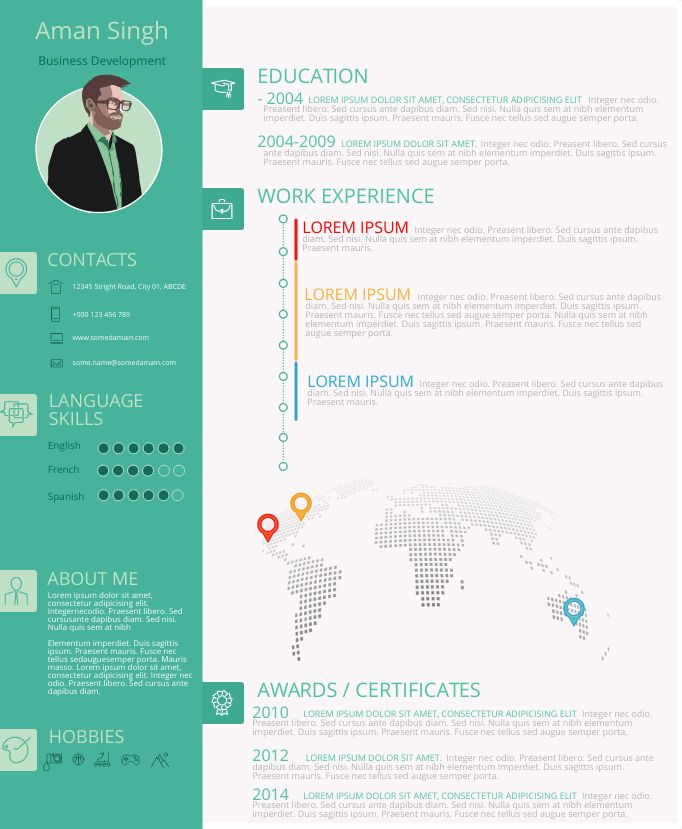Elon Musk
SUMMARY
Elon Musk, the bright kid who spent his initial childhood days in South Africa, and as a teenager moved to Canada for pursuing his education, and landed in America to pursue his dreams. If we can visualise one breakthrough idea, we get worshipped, and if it becomes a unicorn, we achieve superstardom. With no special background, here is a guy who has done this in four different Industries (Software, Space, Automobile and Energy), challenging nation-states, centuries-old auto industry and coming out with successful models which will change the future.
Key Insights:
Elon Musk turned thirty in Jun 2001, and the birthday hit him hard. “I am no longer a child prodigy”; around this time he lost control of X.Com, as it became Paypal, it was handed over to Peter Thiel to run. Musk decided his calling was in space and decided to move from Palo Alto to Los Angeles, quickly getting over the fact that he lost control of Paypal.
He was not exactly sure what to do in space but, he was keen for a larger play in space. From not knowing anything about rockets when he started in Jun 2001 to 28th Sep 2008, is a riveting journey, a saga of perseverance, grit, unstinting faith to achieve what you believe in.
This is the day Falcon 1 was successfully launched, as the first privately built machine to accomplish such a feat.
? Networking
Musk moved to Los Angeles with a clear intent. It gave him access to the Space Industry. While he did not know what to do in space, he realized by just being in LA, the top aeronautics thinkers would surround him. He attended seminars and conferences about space, joined Mars society, and floated to Life to Mar\s foundation.
Have questions about this article? We're here to help! Send us a message and we'll get back to you soon. Or email us directly at support@resumekart.comRelated Articles
Need More Information?



